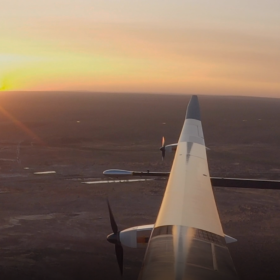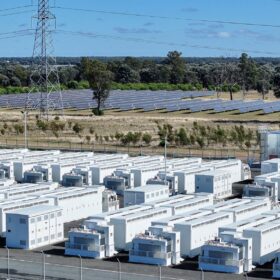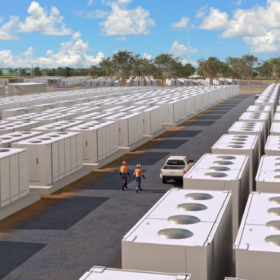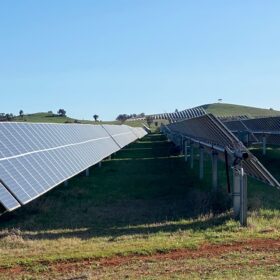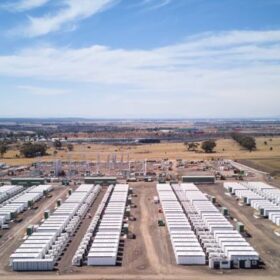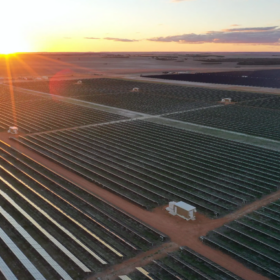Pioneering solar-powered aircraft completes Australian test flight
The PHASA-35 crewless solar and battery-powered aircraft completed its first test flight this week. The pioneering solar-powered aircraft could fill a niche as a cheap alternative to satellites.
QUT: A titanium solar cell with 24% efficiency
The Australian research team which developed the device said the higher efficiency was achieved through a nanowire design which eliminates the interface inside the titanium dioxide band.
For a bigger battery, just add manganese
Scientists at the University of Southern Denmark working with sodium-ion batteries found that a new electrode material incorporating iron, manganese and phosphorous could increase both the power and capacity of the batteries.
Advanced energy storage, green hydrogen research win government funding
Curtin University research that aims to develop a new way of producing, storing and exporting green hydrogen from Australian resources, UNSW Sydney’s efforts to develop novel cathode coating materials towards more durable and powerful energy storage devices and Monash University’s investigation into phase change materials for wind and solar energy storage are among 18 new research collaborations supported by funding through the Australian Research Council.
New government office to develop large-scale critical minerals industry
The Australian government has opened the Critical Minerals Facilitation Office as it looks to develop a large-scale critical mineral industry to stably supply the world the critical minerals needed for batteries, solar panels, and smartphones.
A clean energy world would support millions of new jobs
A study from Finland’s Lappeenranta University of Technology has predicted solar and other renewables can provide a global energy jobs revolution – just as four European operations revealed recent struggles.
All-inorganic perovskite solar cell hits 16.1% efficiency
Researchers from the City University of Hong Kong have developed an all-inorganic perovskite cell with an electron-pair donor which offers a pair of non-bonding electrons. The cell was developed by applying that ‘Lewis base’ small molecule to passivate the inorganic perovskite film.
Solar energy at the heart of solution to global water scarcity
Researchers at the University of Newcastle have developed a solar-powered atmospheric water generator, a clean and economical solution to the worsening perennial problem of global water scarcity.
Just how clean is Australia’s water industry?
University of Queensland researchers have quantified the amount of on-site renewable energy generation utilised by the nation’s water industry. The results are interesting if not already anachronistic due to the rapid pace of advancement in the world of solar PV.
Renewed insight into the clean-energy job transition for coal-industry towns
Renown think-tank Beyond Zero Emissions has published a new report looking directly at the near-future for fossil-fuel industry dependent towns and communities like Collie in WA. The report suggests that Collie has great hope for renewal, a hope founding on the state’s rapid transition to renewable energies.
